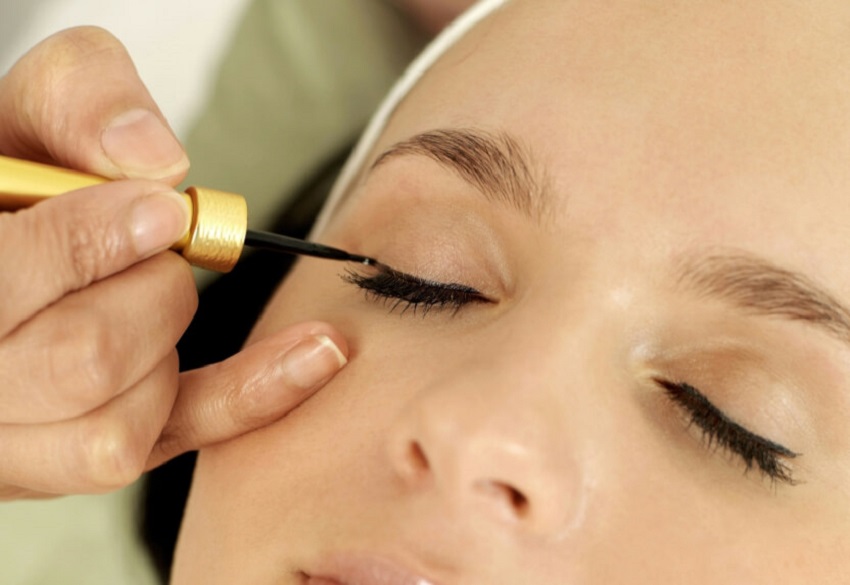Understanding Anodising for Colour Enhancement
Anodising is a widely used electrochemical process that enhances the durability and aesthetic appeal of metals, particularly aluminium. By creating a controlled oxide layer on the metal surface, anodising not only improves resistance to corrosion and wear but also allows for the absorption of dyes, resulting in a range of colours. This makes it a preferred choice across industries, from aerospace to consumer electronics.
The Role of Sulphuric Acid Anodising
Sulphuric acid anodising is one of the most common methods used for colouring aluminium. The process involves immersing the metal in an electrolytic bath containing sulphuric acid while an electric current is applied. This generates a porous anodic layer, which can then absorb dyes before being sealed to lock in the colour. The thickness of this oxide layer determines both the colour intensity and the level of protection the metal gains. More information on sulphuric acid anodising can be found at poeton.co.uk/surface-treatments/anodising/sulphuric-acid-anodising/.
Different anodising techniques result in varying finishes. Type I anodising, using chromic acid, creates a thin protective layer with limited colour options. Type II anodising, which employs sulphuric acid, allows for a wider colour range. Type III anodising, also known as hard coat anodising, produces a thicker and more durable layer, often appearing in darker shades. The ability to introduce vibrant colours through anodising makes it a valuable process for both functional and decorative applications. Scientific studies on anodising, such as those outlined on ScienceDirect, highlight its effectiveness in enhancing metal performance.
Applications and Benefits of Anodised Colouring
The anodising process offers several advantages beyond aesthetics. The oxide layer enhances wear resistance, making it ideal for industrial components and consumer goods. Additionally, anodised surfaces retain colour over time without fading, as the dye becomes part of the metal rather than sitting on top like traditional coatings. This durability makes anodised aluminium suitable for harsh environments, including marine and aerospace applications.
Whether for protective or decorative purposes, anodising remains an essential technique in modern manufacturing and engineering.



